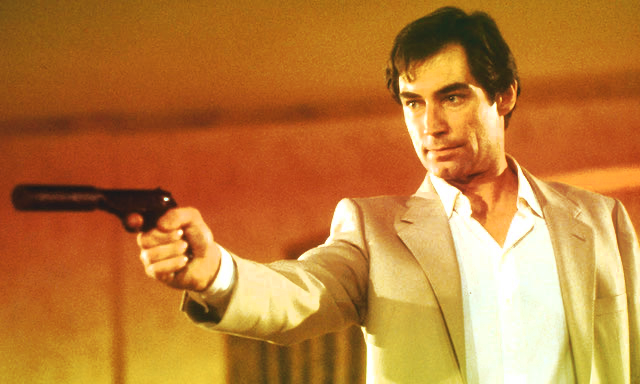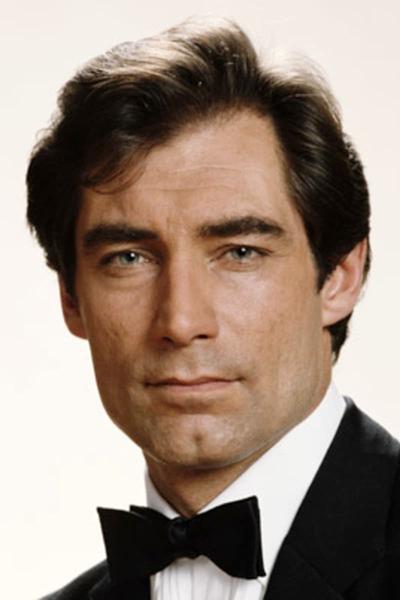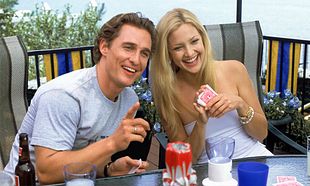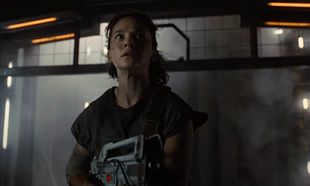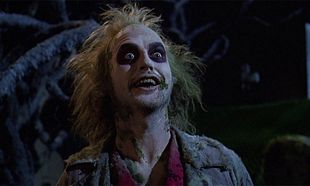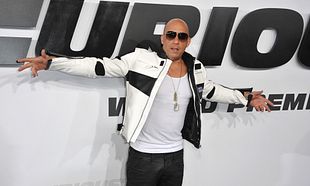With 'No Time To Die' landing in cinemas this week, we're looking back over the six actors who played Bond - Sean Connery, Daniel Craig, Timothy Dalton, Roger Moore, Pierce Brosnan, and George Lazenby - and making cases for and against them, as well as their best and worst movies.
There's an adage that says being too far ahead of your time is almost indistinguishable from being wrong. Timothy Dalton knows a little something about this.
While Dalton had only two movies as Bond - 1987's 'The Living Daylights' and 1989's 'Licence To Kill' - the manner in which he played him was far more literary than any other actor has, before or since. If you read Ian Fleming's pulp novels, you'll find that Bond is - from practically the first book onwards - a reluctant, angered agent who is almost worn out. In the novel of 'Dr. No', the opening chapters detail how much of a toll being a 00 Agent has taken on him. With Timothy Dalton's performance, the scars are behind his eyes but they're still visible. The reluctance Dalton brought to the role was almost method - he had publicly baulked at playing Bond numerous times, and turned down the role more than once. The difference between Dalton's performance and Moore's couldn't have been more striking.
The change in tone for Bond echoed the change in the world around Bond. By 1987, perestroika and glasnost had effectively ended the Soviet Union and the KGB as effective villains for Bond. 'The Living Daylights' put an egotistical American arms dealer and a rogue Soviet general together for a two-headed villain. 'Licence To Kill' saw Bond square off against a South American drug kingpin, played with delightful relish by Robert Davi. More than that, the opaque nature of intelligence and secret services began to bleed into the movies. Bond is nearly shot dead by his own people in 'Licence To Kill' for trying to leave MI6, and spends most of his time operating as a rogue agent out for bloody revenge. He feeds one double-crossing DEA agent to a shark in the same way his CIA counterpart Felix Leiter was, and then later fires a harpoon into a henchman's chest at point-blank range, all while smoking like a train and downing straight vodka to keep the demons at bay.
In 1989, however, this kind of nuanced, gritty realism was completely at odds with everything around the cinematic landscape. This was the time of Tim Burton's 'Batman', the third 'Indiana Jones' movie, 'Field of Dreams', and 'Lethal Weapon 2'. Bond as a merciless, wounded killer was never going to work in this kind of environment. But more than that, taking a story from contemporary headlines and trying to crowbar Bond into that environment was always going to be difficult. Bond, fundamentally, has been a character that has existed in a heightened reality where the world that surrounds him blurs into the background. There are shapes and glimmers of what we know, but it's all covered up in gloss and glamour. Dalton's Bond was much more psychologically real, and the only other actor who matched it was Daniel Craig. Indeed, Daniel Craig and Timothy Dalton both share similarities.
They are both theatre-trained actors, both had played stormy characters in the past - Dalton played Heathcliff from 'Wuthering Heights', Craig played the author Ted Hughes - and both were reluctant to take the role in the first place. Not just that, but the idea of an angered, revenge-hungry Bond played out in 'Quantum of Solace' much as it did in 'Licence To Kill'. Viewed today, both 'The Living Daylights' and 'Licence To Kill' have much more to offer audiences than they did in the late '80s.
So, over to you, is Timothy Dalton's licence revoked or does he get a pass? Vote in our poll below!
